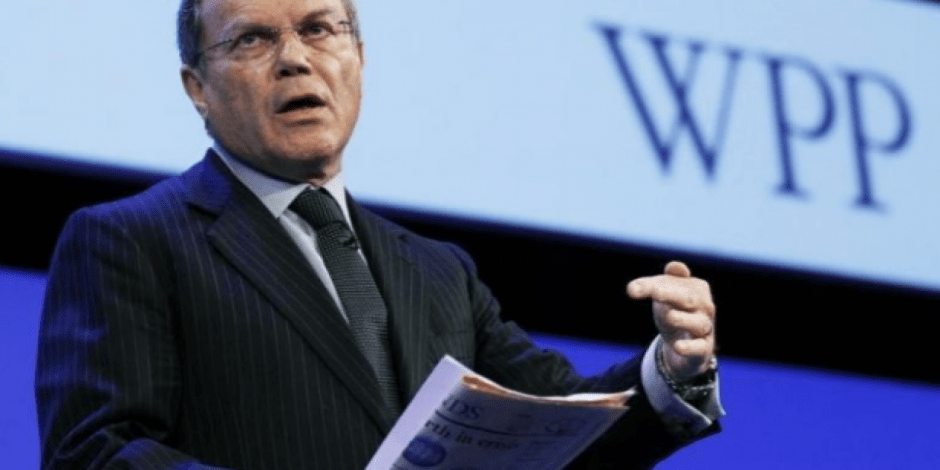By Yoram Solomon.
Creativity is not genetic. It is not a talent, either. It is a skill. There is a process for it, and here is one skill that will help you get there.
The most common form of creativity is the combinational creativity. That’s when old ideas in your head combine in your medial prefrontal cortex into new ideas. Although it seems accidental, this process is far from it. There are four steps that, if you followed them, would increase the quantity and quality of your ideas.
- Collect old ideas. Broaden your horizon beyond your immediate interests and field. Some of the best ideas would come from outside your industry.
- Let them incubate in your head. You cannot force combinations. You need to let them happen.
- Engage in a high-intensity activity that will elevate the executive functionality of your brain.
- Let your brain relax. That drop in executive functionality (much like the drop in sugar level) will allow your medial prefrontal cortex to merge old ideas into new ones. This would typically happen in the shower, or when you drive to the same place you drive every day. Such as the office.
So far, so good. None of those steps requires any special skills or training. They require discipline (especially to collect old idea), but no skills.
However, in order to increase the likelihood of generating valuable new ideas, you must increase the quantity of old ideas in your brain. That’s what the first step is for. You increase the intake of old ideas. But, given the time that may elapse from the intake of those ideas until they may be recalled into a combination–you must make sure they stay there, and are easily recalled. For that, you must exercise your long-term memory.
An article published at Buffer Social reviews research of methods that can help with improving your long-term memory. First of all, it breaks the long-term memory into three elements: Creating a memory (intake), Consolidating the memory (committing it to long-term memory), and Recalling the memory (being able to readily access it).
The article further proposes six methods that research has found to be positively affecting those:
- Meditating (improves working memory);
- Drinking coffee (improves memory consolidation);
- Eating berries (improves long-term memory);
- Exercising (improves memory recall);
- Chewing gum (makes stronger memories); and–
- Sleeping more (improves memory consolidation).
LifeHack researched and found 11 brain training apps that will improve memory. Those are:
- Lumosity;
- Fit Brains Trainer;
- CogniFit Brain Fitness;
- Brain Fitness Pro;
- Happify;
- Clockwork Brain;
- ReliefLink;
- Eidetic;
- Braingle;
- Not The Hole Story; and–
- Personal Zen.
The number of possible combinations between old ideas grows exponentially as the number of ideas in your head grows. If you collect twice as many ideas as before, you will almost quadruple the probability of connections that will generate useful new ideas.
However, if you only remember half of them–you are back where you started. So, don’t only increase your intake of ideas–develop your long-term memory skill to make sure those old ideas can be recalled. When you are in the shower…
By Yoram Solomon




